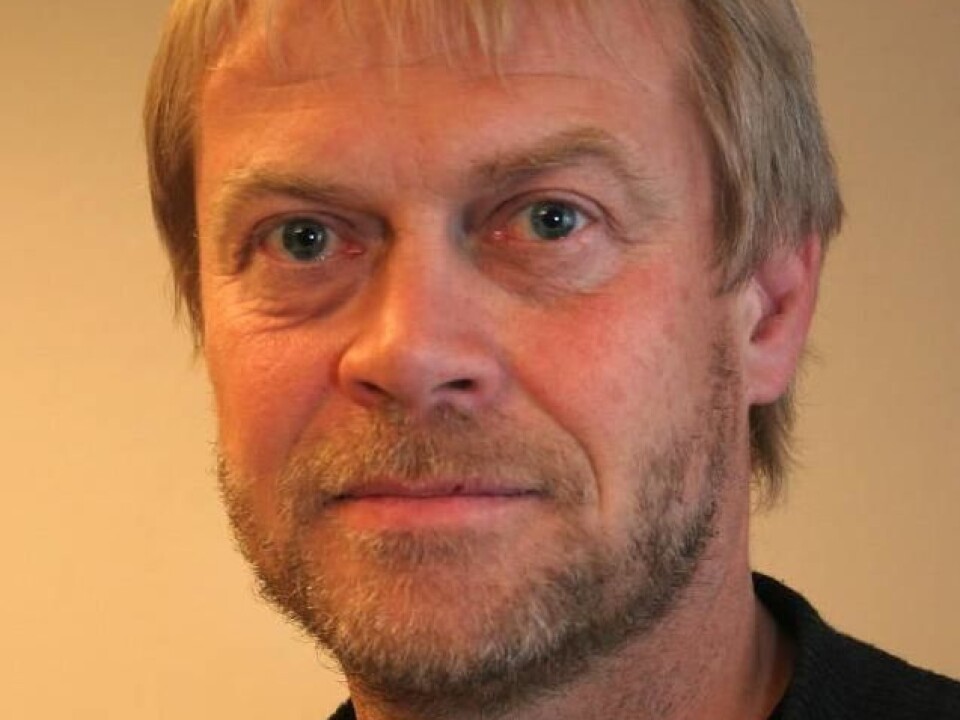This article was produced and financed by The Research Council of Norway

Success in creating artificial child’s voice
It is very difficult to get a PC to recognise the voice of a child. Equally problematic is using a computer to synthesise speech in a child’s voice. Simple, effective solutions are now found.
Denne artikkelen er over ti år gammel og kan inneholde utdatert informasjon.
Synthesised speech has grown more and more similar to human speech. Yet children communicating via a speech device are still forced to use a synthetic adult voice.
This drawback was the driver behind a collaborative research project, which is developing synthesised childlike voice. This is a first in Norway, but very little research has been carried out on this subject internationally.
Now they are putting an entirely new method to the test.
Modified master voice
“We start with what is known as a master voice, which is the product of three or four adult speakers recording several thousands of phrases," says Torbjørn Nordgård from the software company Lingit and also a professor of linguistics at the University of Nordland.

Then the researchers record a single child reading a smaller number of phrases aloud. This recording is used to modify the master voice, making it sound like a child’s voice.
The phrases recorded by the child have been selected to include a number of the most essential sounds found in the language.
“The master voice still carries the intonation, i.e. a phrase’s melody. The result sounds rather like a child with unusual elocution skills, but it’s still much better than the voice of an adult,” says Nordgård.
Everything is now in place to start testing trial versions of the child’s voice.
“We hope to have a beta version in place this summer,” says Magne Lunde, Managing Director of Media LT, a company developing tools to assist disabled persons.
Verbal commands
Lunde and his colleagues are also researching voice control such as use of verbal commands to operate a PC.
In order to operate a computer by means of speech, the machine must successfully decipher what is being said. Interpreting the speech of individuals on both the young and the older end of the scale is especially challenging since the distance from their vocal cords to their lips is shorter than that of the average adult.
“Teaching a speech recognition program to understand the pronunciation of the various sounds of a language requires a relatively large amount of recorded speech. Unfortunately, insufficient data exist today in terms of actual children’s speech,” states Professor Torbjørn Svendsen from the Norwegian University of Science and Technology.
Professor Svendsen and his research partners have come up with a very elegant, yet simple method of overcoming the challenges associated with speech recognition and children – they have synthesised children’s voices and used the results to compile a collection of data.
A vast improvement in quality
The length of the vocal tract affects the frequency distribution of the speech energy. The researchers are using technology to render the energy distribution of adult speech so that it more closely resembles that of a child.
“The converted adult speech resembles the way children speak in terms of sound as well. Thus, we could apply our conversion technique to a large database of adult speech and generate a functional database of artificial childlike voices. We then used this to train a separate speech recognition program for children,” explains Professor Svendsen.
This process greatly improved the recognition fidelity of children’s speech. The error rate was reduced by 50 to 70 per cent.
Norwegian: a tough language
The Norwegian language poses a number of especially steep challenges to speech recognition experts.
“In general, the degree of variation in any language is large enough to make it difficult to model. But Norwegian is especially tricky; there are two distinct written forms of the language, countless dialects and a wide range of accepted alternatives for words, declensions and compounds. On top of all this, there is no single pronunciation standard,” stresses Torbjørn Svendsen.
Svendsen also points out that people can experience considerable difficulty when faced with voice-controlled devices. A video clip of two Scotsmen using a speech-operated lift illustrates this rather humorously.
“It is easy to get caught up in our fascination with speech recognition and the many possibilities it holds, so it’s important not to replace existing technology when it remains the best option for getting something done – like using buttons to operate a lift,” he concludes.
Translated by: Glenn Wells og Carol B. Eckmann






























